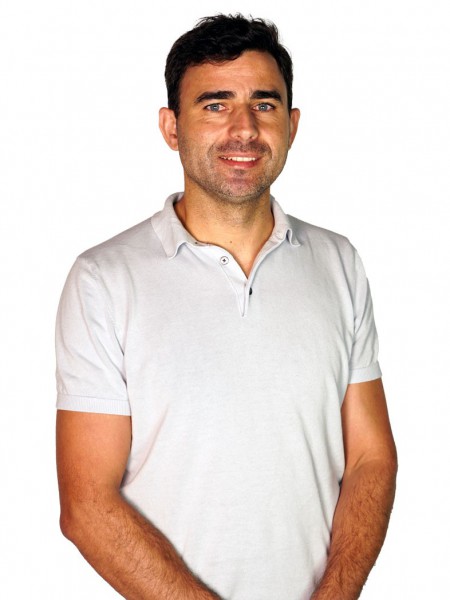resumo
Biochar, a carbon source, obtained from the valorization of biowaste from brewed coffee (COFF) and chitosan (CTO), were incorporated in different amounts in ZnO particles by co-precipitation method aiming to enhance ZnO photocatalytic properties. Oxidized biochar were also prepared to reduce their hydrophobicity and to enhance the interaction between the ZnO. The ZnO/biochar materials were characterized by different techniques (TGA, XRD, FTIR, DRS, BET and Raman spectroscopy) and the photocatalytic properties investigated using phenol as standard pollutant. Biochar enhanced the efficiency, when in proper amounts, up to 20 wt%, outperforming the pristine ZnO and the benchmark ZnO/reduced graphene oxide. Optimum phenol degradation efficiency was found for the composite with 3.4 wt% of carbon (ZnO/2-COFF). At lower carbon concentration (<4 wt%), the photocatalytic activity of ZnO/COFF samples outperformed ZnO/CTO, while for higher quantities (>6 wt%) the opposite was observed. ZnO/oxidized biochar composites showed the poorest phenol removal (<20%). These findings can be related with higher crystallinity quality of the carbon for non-oxidized biochars (especially on COFF) and the presence of heteroatoms (on CTO). Experiments in the presence of radical scavengers demonstrated that non-oxidized biochar acts as electron reservoir improving the charges separation. The best performing material, ZnO/2-COFF showed high efficiency for pollutants removal, namely, 5-methylbenzotriazole (>99%, 30 min), carbamazepine (70%, 60 min), bisphenol A (70%, 60 min) and ibuprofen (95%, 60 min) with 0.5 g/L of catalyst. The results indicated the advantageous of using biochar from biowaste as a carbon source to enhance the ZnO catalyst properties for water remediation.
palavras-chave
VISIBLE-LIGHT; IN-VITRO; DEGRADATION; PHOTODEGRADATION; TEMPERATURE; COMPOSITES; ADSORPTION; EFFLUENTS; OXIDATION; REDUCTION
categoria
Engineering
autores
Goncalves, NPF; Lourenco, MAO; Baleuri, SR; Bianco, S; Jagdale, P; Calza, P
nossos autores
agradecimentos
This work is part of a project that has received funding from the European Union's Horizon 2020 research and innovation program under the Marie Sklodowska Curie Grant Agreement No 765860 (AQUAlity). M.A.O.L. and P.J. are thankful to IIT for their financial support.



